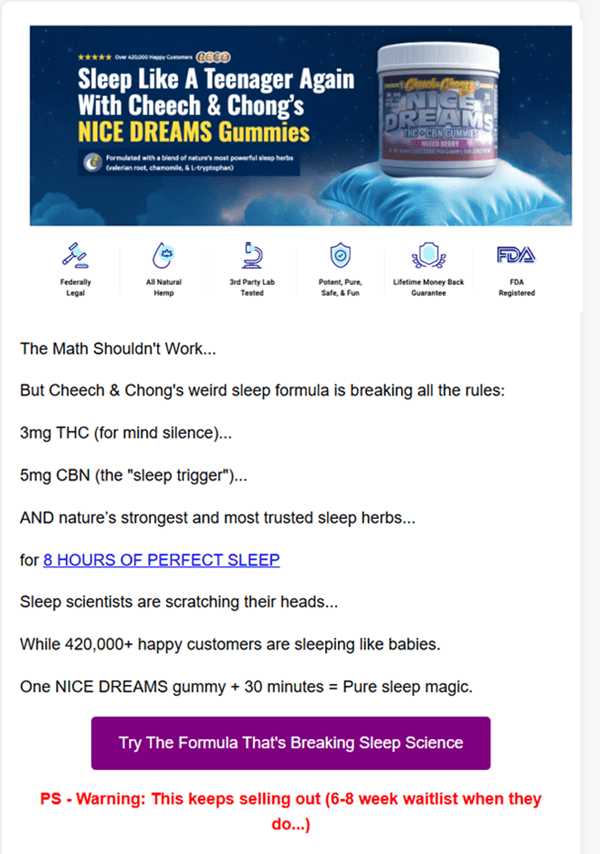
Wanna stop fighting to get to sleep?





avier than air, the gas crept across no man's land and drifted into the French trenches. The green-yellow cloud started killing some defenders and those in the rear fled in panic, creating an undefended 3.7-mile (6 km) gap in the entente line. The Germans were unprepared for the level of their success and lacked sufficient reserves to exploit the opening. Canadian troops on the right drew back their left flank and halted the German advance. The gas attack was repeated two days later and caused a 3.1 mi (5 km) withdrawal of the Franco-British line but the opportunity had been lost. The success of this attack would not be repeated, as the entente countered by introducing gas masks and other countermeasures. An example of the success of these measures came a year later, on 27 April in the Gas attacks at Hulluch 40 km (25 mi) to the south of Ypres, where the 16th (Irish) Division withstood several German gas attacks. The British retaliated, developing their own chlorine gas and using it at the Battle of Loos in September 1915. Fickle winds and inexperience led to more British casualties from the gas than German. French, British and German forces all escalated the use of gas attacks through the rest of the war, developing the more deadly phosgene gas in 1915, then the infamous mustard gas in 1917, which could linger for days and could kill slowly and painfully. Countermeasures also improved and the stalemate contin
